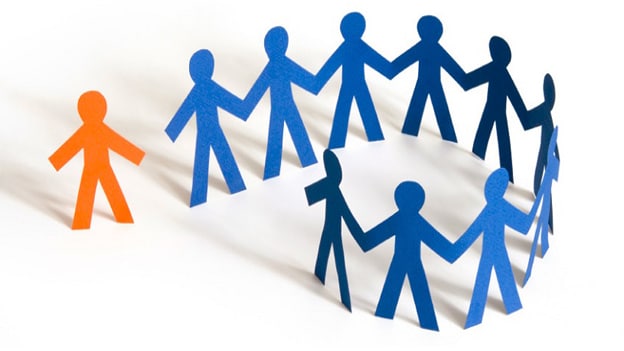How to enhance onboarding experience using design thinking principles


Design thinking, a popular thinking tool is fast emerging as one of the important topics in the realm of business and HR. Design thinking is the process that uses design principles to solve complex problems by putting ‘user’s experience’ at the center. It is known for devising human-centric, creative solutions to bring meaning and delight for users.
Recent research suggests that companies where HR delivers the highest levels of value are almost five times more likely to be using design thinking in their programs.
Traditional HR is mostly associated with ‘creating and implementing’ elaborate processes around employee selection, onboarding, training and assessment while the new ‘disruptive’ age demands innovative and simple processes - design thinking gives us this opportunity! It empowers HR managers to move away from “process developer” to “experience architect ” and encourages them to study and understand employees and their behavior more elaborately to come up with solutions which are simple, innovative and engaging for the employees.
By applying design thinking principles, process owners can navigate through complexities of today’s world and focus on creating solutions that matter to employees the most.
Onboarding is one of the critical HR processes that equips new hires with the requisite information and knowledge about the company and its people. Companies lose around 25% of their employees within a year to ineffective onboarding. And now companies have started incorporating design thinking principles into their HR processes and greatly benefitting out it. Here’s how you can transform onboarding process by applying design thinking approach:
Discovery interviews and ethnographic research: This is the first step to evaluate and understand the current state and challenges of onboarding at your organization. It is important to include as many lead users (candidates who have been through the process) as possible to have a great brainstorming session and to develop well-rounded perspectives. Top leaders can share insights around core business drivers and strategies while employees and stakeholders involved can share their own experiences around onboarding and what are some of the pluses and misses in the process. These sessions can help build viewpoint around ‘what works and what doesn’t’ and can be used as inputs for further innovation.
There are some design tools and techniques available to make this entire process more effective, for an instance, process owners can use ‘Empathy Maps’ to understand what employees and managers see, hear, think, feel and do throughout the onboarding process and what are some of their pain points (viz. obstacle and barriers) and gain (viz. what do they want to achieve) areas.
The idea is to put yourself in the shoes of the person you are analyzing and come up with objective interpretations. An example within the context of onboarding could be “analyzing how employees think and feel when they are bombarded with a huge amount of information in crammed sessions and are expected to absorb everything in one go!” Also, “how do they feel when they are expected to remember the names and designations of a lot of people right after a brief introduction” While sample maps are available on the web but it is better to create your own map with the most pertinent questions.
Synthesize: At this step, you need to collect and compile the insights received from the aforementioned session and then compare the same with the existing HR data. Few HR data points e.g. demographics, engagement, exit interviews and turnover can be especially helpful in deriving further insights. For instance, explore how many exits have happened in the last 5 years and what was employees’ average tenure within the organization? By pegging on this premise, explore previous exit interviews to look for loopholes and scope of improvement in the current onboarding process.
Prototype and Test: At this step, you try to understand what aspects of your ideas/solutions will work and which will not. Here, you build real, yet low-fidelity representations for some of your seemingly promising solutions. In this step, you weigh the impact vs. feasibility of your ideas through feedback on your prototypes. For instance, you received an idea of automating the initial part of onboarding process where employees learn about the company on their mobiles in a fun, gamified manner. You can develop a low-budget app which can address this idea. Seek internal feedback, and then prototype it again and share it with another group of people. Ask yourself ‘Does this solution meet users’ needs?’ and ‘Has it improved how they feel, think, or do their tasks?’ Run your prototype past real customers and ensure that it achieves your goals. Check if the employees’ perspective during onboarding improved? Does the new gamified app generate more interest about the company and do they retain more and feel less frustrated?
Visualize and Implement: Last but perhaps the most important step is to put the vision into effect. Here you visualize how a renewed onboarding experience would look like and how it is positively going to change the employee experience. In order to transform this vision into reality, you have to be determined that the solution is being properly implemented and it is serving the ‘core purpose’ of enhancing ‘user’s experience’. Be wary of all the obstacles that it might face and be prepared to overcome them. Seek support wherever it is required.
By applying design thinking, process owners can bring significant changes to the systems, processes, and workplace. It can enhance users’ experience by means of innovative solutions. Design thinking if implemented well has the potential to foster increased employee satisfaction, engagement, and productivity for your organization. As aptly articulated by Steve Jobs, “Design is not just what it looks like and feels like. Design is how it works”.


